Proton Saga vs Perodua Bezza ‘kosong’ spec-comparison – Cheap and… cheerful?
If you’re buying your first car and you insist on getting a sedan, the truly affordable (and new) options would only entail the Proton Saga and Perodua Bezza. And if you’re really just shopping for utility, well let’s narrow it down to the ‘kosong spec’ versions of both cars – the Proton Saga 1.3 Standard and the Perodua Bezza 1.0 G.
Proton Saga 1.3 Standard | Perodua Bezza 1.0 G |
RM34,800 (Manual) | RM34,580 (Manual) |
RM38,800 (Automatic) | RM36,580 (Automatic) |
Fortunately, both cars in their respective base variants are available with both automatic (AT) and manual (MT) transmissions. And in both transmission options, the Saga is the slightly pricier option, albeit with a larger engine capacity (which we shall get into in a bit later).
Exterior
First let’s have a look around the exterior of both cars and see what they have to offer. Both cars aren’t exactly exciting to look at, but they do have just about everything you need.
Overall, the Saga is larger, heavier, and with a longer wheelbase. It is actually surprising to see that the Bezza is over 100 kg lighter than the Saga and this may be due to the construction of the chassis itself. This overall lighter weight (and tall econobox shape) could also be the reason why some owners feel a less confidence-inspiring ride at high speeds with the Bezza.
| Proton Saga 1.3 Standard | Perodua Bezza 1.0 G |
Length/Width/Height | 4335/1690/1515 (mm) | 4170/1620/1525 (mm) |
Wheelbase | 2,465 mm | 2,455 mm |
Turning radius | 5.1 m | 4.5 m |
Kerb Weight | 1,061 kg (MT) | 865 kg (MT) 880 kg (AT) |
Rims | 14-inch steel (MT) | 14-inch alloy (MT) 14-inch alloy (AT) |
Tyre size | 175/65/R14 | 175/65R14 |
Brakes | Disc (front) | Disc (front) Drum (rear) |
Suspension | MacPherson Strut (front) | MacPherson Strut (front) Torsion Beam (rear) |
Headlights | Halogen reflector | LED reflector |
Front fog lights | Not equipped | Not equipped |
Daytime Running Lights (DRL) | Equipped on front bumper | Not equipped |
Electric side mirrors | Equipped, with turn signals (manual fold) | Equipped, with turn signals (manual fold) |
Keyless Entry | Not Equipped | Not Equipped
|
As for its underpinnings, both cars being econoboxes get a typical MacPherson strut suspension setup at the front and a torsion beam setup at the back. The brakes are also the typical budget setup of disc brakes at the front and drum brakes at the back.
The wheels for both cars of the same size, although the MT Standard Saga is the only one here to offer a set of steel wheels with plastic hub caps. Tyre sizes for both cars are exactly the same, so cost of maintenance, for the tyres at least, should be equal for both cars.
Performance and Powertrain
With the only goal of helping you get from point A to point B, both cars provide just enough power to do the job, although the Saga is a bit more generous here, with 95 PS and 120 Nm from a 1.3-litre naturally aspirated engine. The Bezza pushes the boundaries of what is necessary, only giving you 68 PS and 91 Nm. Mind you, most econoboxes (even those B-segment options from Japanese brand) struggle to carry a fully loaded car. But given that your car isn’t fully loaded most times, these tiny output numbers are sufficient if you’re just commuting alone (or with 1 passenger).
This is how the ‘kosong spec’ Saga’ and Bezza look next to each other in terms of powertrain and performance…
| Proton Saga 1.3 Standard | Perodua Bezza 1.0 G |
Engine | 1.3-litre inline-4 NA (CamPro VVT) | 1.0-litre inline-3 NA (1KR-VE) |
Max. Power | 95 PS @ 5,750 rpm | 68 PS @ 6,000 rpm |
Max. Torque | 120 Nm @ 4,000 rpm | 91 Nm @ 4,400 rpm |
Transmission | 5-speed manual | 5-speed manual |
Drivetrain | FWD | FWD |
Fuel tank capacity | 40 L | 36 L |
Power to weight ratio | 89.5 PS/tonne (MT) | 78.6 PS/tonne (MT) |
Torque to weight ratio | 113.1 PS/tonne (MT) | 105.2 PS/tonne (MT) |
Unfortunately for the base-variant Bezza, it is inferior in this department. Even if we look at the power to weight ratio, the overall lighter weight doesn’t exactly help with its situation. If you want more grunt, you’ll need to get the Saga. Alternatively, you could get the higher-variant 1.3-litre Bezza, but it would be within a different price range. That being said, the 1.0 Bezza is enough for a city runabout, but if you need a workhorse for your daily business, and you’re tight on budget, get the 5-speed manual.
Related Posts
Interior
If you didn’t know it yet, the Bezza is based on the pre-DNGA Perodua Axia. And one telltale sign of this is the complete lack of steering adjustment. And that’s a bummer for some of us to find a comfortable driving position. Ergonomics is slightly better with the Saga with its tilt steering adjustment although it does look more dated – Not really an important thing for this segment. You just need it to be practical and comfortable enough.
One thing you don’t have to worry about modern “base” cars is the availability of power windows. It’s just more economical to make power windows a standard item. Here’s how both cars look next to each other in terms of interior equipment.
| Proton Saga 1.3 Standard | Perodua Bezza 1.0 G |
Steering Adjustment | Tilt only | Not equipped |
Power Steering | Hydraulic power steering | Electric power stering |
Steering wheel buttons | Not equipped | Not equipped |
Seat adjustment | Manual driver & front passenger | Manual driver & front passenger |
Upholstery | Fabric | Fabric |
Power windows | Equipped, NO auto-down for driver | Equipped, auto down for driver |
Climate Control | Manual, single-zone | Manual, single zone |
AC vent mode adjustment | NOT EQUIPPED, mid-vent only | EQUIPPED with multi-vent options |
Head Unit | Standard Audio system with USB & Bluetooth | Standard Audio system with USB & Bluetooth |
Sound system | 2 speakers | 2 speakers |
12V socket | Equipped | Equipped |
USB ports | 1 front, data only (MT) | 2 front data and power (MT & AT) |
Reverse camera | Not equipped | Not equipped |
Folding rear seat | Equipped, bench-type | Equipped, 60:40 split |
Luggage Capacity | 420 L | 508 L |
From the numbers alone, the Bezza is the no-brainer choice if you’re looking for practicality. Its boot is bigger and the rear seats come with a 60:40 folding split (as opposed to the Saga’s bench-type rear seats).
A deal breaker for the Saga (although not obvious to the first-time car buyer) is the lack of air-conditioning vent adjustment. Yes, the Saga is not able to blow cool air-conditioned air to your feet. It can’t even direct it to the windscreen to defog it. And that’s a shame, because the Saga’s ergonomics are better, but it doesn’t seem to understand that we sometimes have sweaty feet.
Safety
There is obviously no form of advanced system (ADAS) here, reflective of the prices of these cars. The Saga offers additional safety in its automatic guise as it adds electronic stability control (ESC) and a traction control system (TCS). All cars here come with ABS and get 2 airbags only.
| Proton Saga 1.3 Standard | Perodua Bezza 1.0 G |
Anti-lock Braking System (ABS) | Yes | Yes |
Electronic Stability Control (ESC) | No (MT) | No (MT) |
Traction Control System (TCS) | No (MT) | No (MT) No (AT) |
Brake Assist (BA) | Yes | No |
Front parking sensors | None | None |
Reverse sensors | 2 | 2 |
Airbags | 2, front only | 2, front only |
ISOFIX | Yes, rear | Yes, rear |
As disappointing as it is, the Bezza in its base form doesn’t provide as much safety as the Saga. Not only does it omit ESC and TCS, but it also takes out brake assist. If you’re not one trust your own abilities to handle your car, we’d recommend getting the automatic Standard Saga.
Verdict
Both cars offer a simple and robust setup, with either a traditional 4-speed automatic or a 5-speed manual transmission. Engine-wise, the 4-cylinder 1.3-litre engine would be less prone to violent vibrations. But naturally both cars have seemingly proven simple setups. The Saga is slightly more expensive, but it does offer a better driving experience and better safety. The Bezzaa is what you would get for maximum practicality. The choice is yours to make…


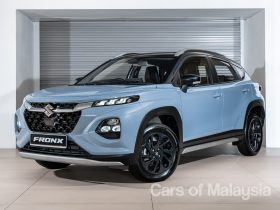
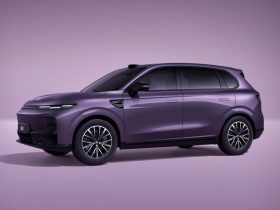
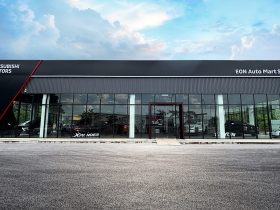


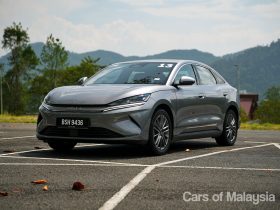
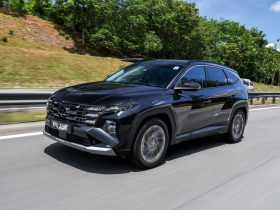
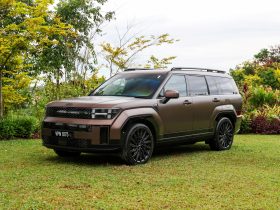
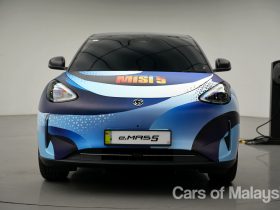









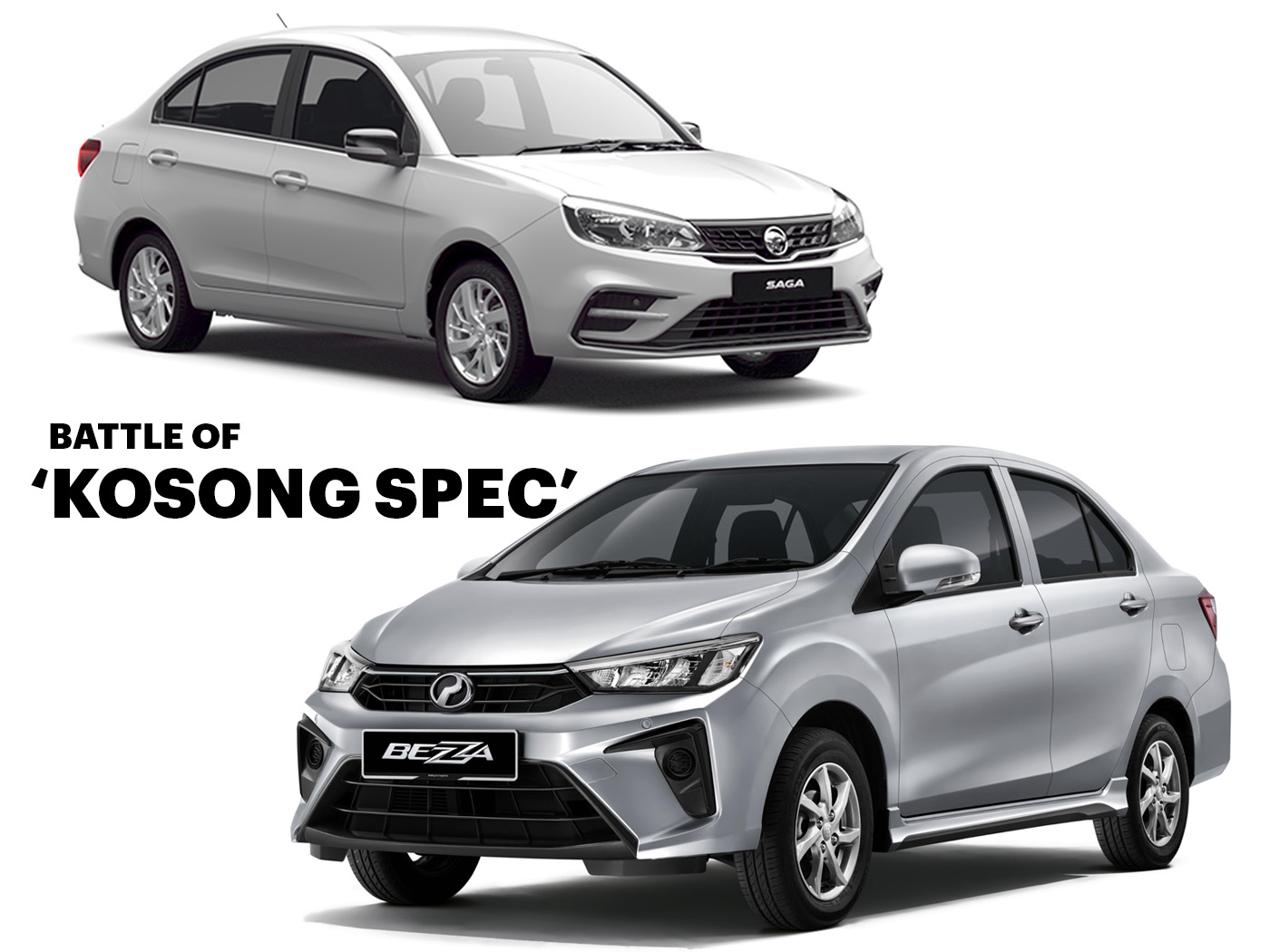


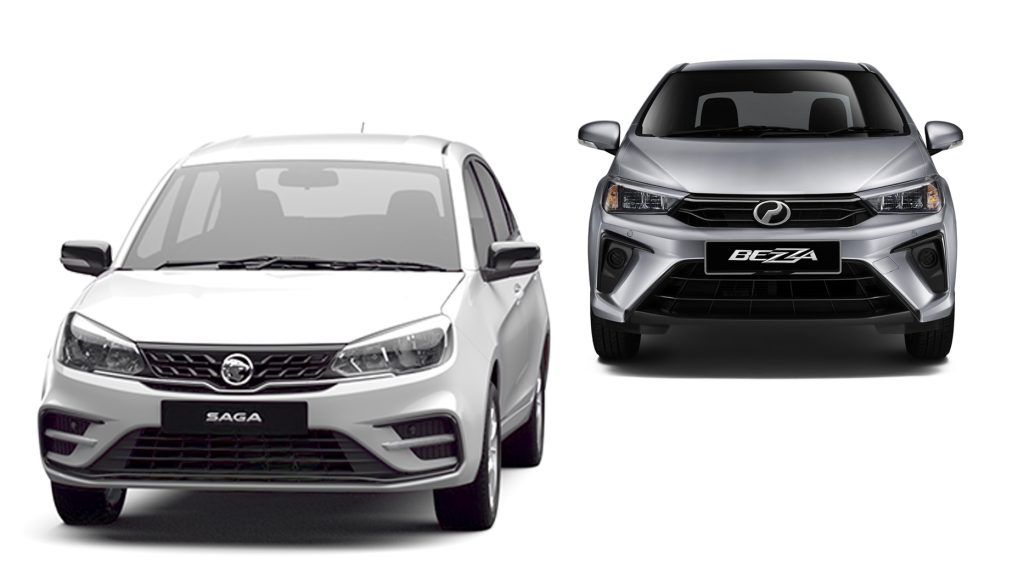

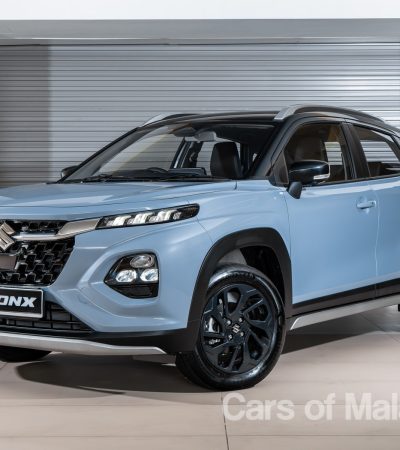
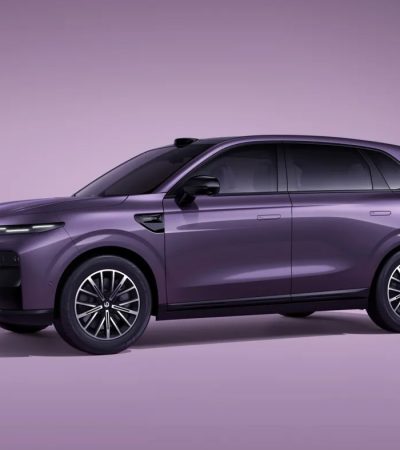
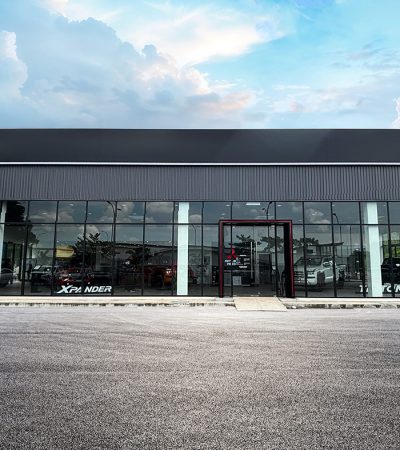
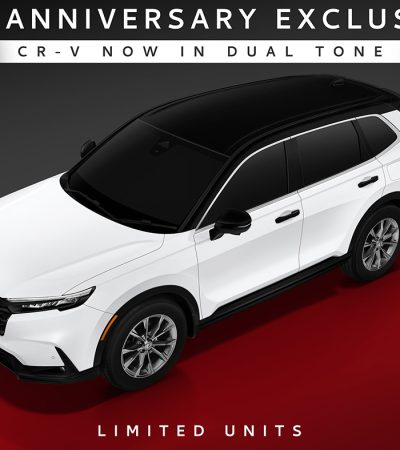
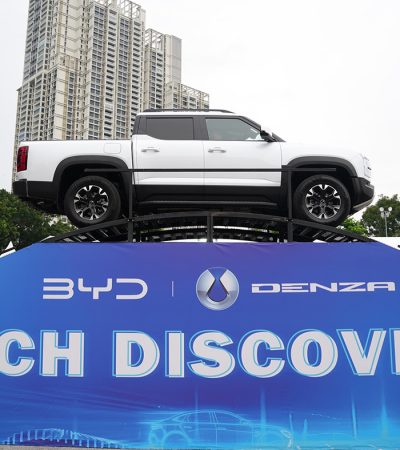
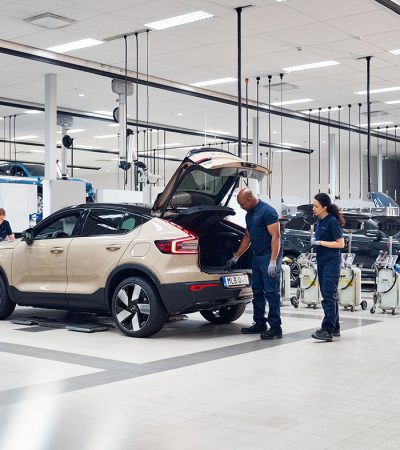
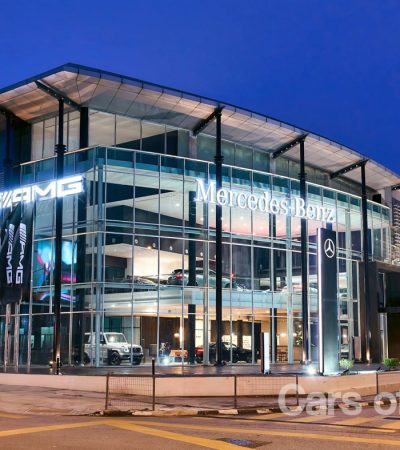
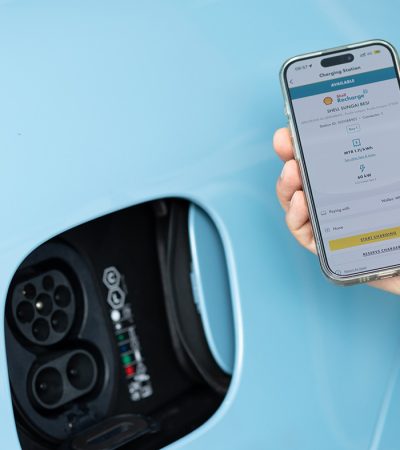
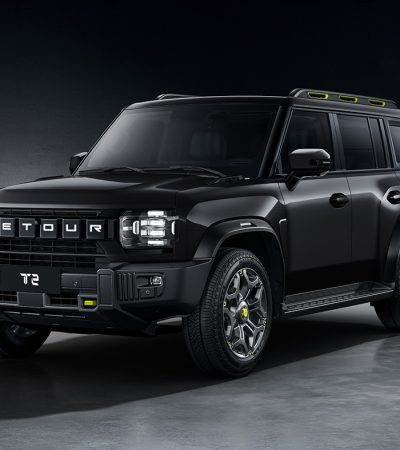





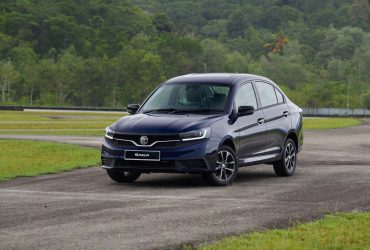

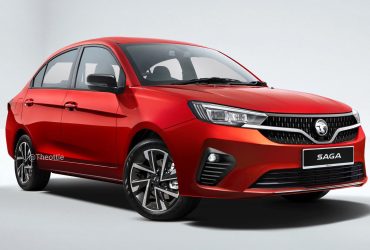
Leave a Reply